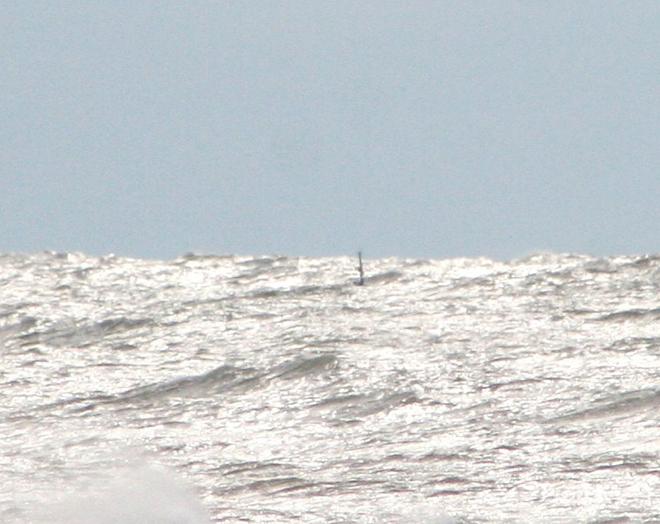Get your DSC-equipped VHF hooked up right
by BoatUS on 29 Oct 2013

Can you find the boat? Boats equipped with DSC VHF radios can give rescuers precise location information - but only if it’s connected to a GPS/chartplotter Bruce Nason/U.S. Coast Guard photo
http://www.uscg.mil/
This time of year, life gets a bit slower for recreational boaters, perhaps freeing up time to fix the important things like having a fully working VHF radio on board. If you have a basic VHF, checking the connections for corrosion, inspecting the antenna and doing a simple radio check may be all that it takes. But if you have a newer Digital Selective Calling (DSC) VHF, this is the time to ensure its life-saving, one-button mayday feature is fully working. This allows anyone on the boat to simply press a button that gives rescuers near pinpoint location and identification information, greatly speeding rescue times.
However, the DSC functions on new radios only work if a Maritime Mobile Service Identity number (MMSI) has been entered into the radio. Further, the US Coast Guard reports that approximately 80% of the one-button distress calls from DSC VHF radios it gets each year do not contain vessel position information, meaning that life savers cannot effectively respond. Boaters can take two simple steps to make sure their DSC radio will provide rescuers with the information they need, according to Boat Owners Association of The United States (BoatUS):
Number One: Connect the DSC-VHF to the GPS/Chartplotter. While some of the newest handheld DSC VHF radios have GPS built in, most fixed-mount DSC VHF radios must be connected to an external chartplotter in order to broadcast location information. This single, critical wired connection increases your margin of safety a thousand times over by allowing rescuers to find you quickly.
While there have been challenges with a uniform, industry-wide plug-in connector to make it easy for do-it-yourselfers, having both the radio and chartplotter of the same brand and each manufactured within several years of each other makes it easier. Taking the time to open up both operating manuals is also a good first step - you likely won't need to know how to read a wiring diagram as instructions are in plain text. Most electronics manufacturers also have customer support phone lines ready to help. And if you're still having trouble? Get a professional electronics installer to do the job. After all, aren't your family's lives worth a relatively small $150 service fee to have a pro do it right? To find one near you, ask at your West Marine store, local marine electronics retailer, marina or go online
here.
Number Two: Get a free Maritime Mobile Service Identity (MMSI) number that identifies your boat. The MMSI number is a bit like a phone number for your boat. Having one helps verify an emergency, identifies your boat to rescuers, and cuts down on the instances of false alarms, ensuring that critical rescue resources will be available when you need them. BoatUS offers MMSI numbers for boaters (who remain in US waters) for free
here, along with an easy to download tutorial on DSC VHF radios and how this drastically improved technology is saving lives as a part of the US Coast Guard's Rescue 21 System. If you boat in international waters such as Mexico, Canada, Caribbean or abroad, you'll need to get your MMSI from the FCC at: http://wireless.fcc.gov/uls.
If you want to link to this article then please use this URL: www.sail-world.com/116158